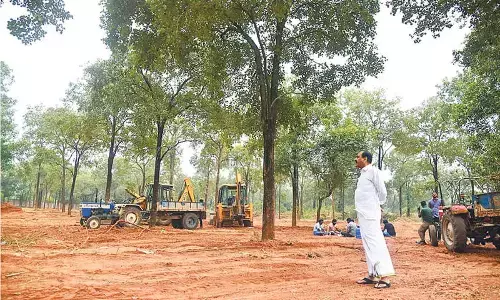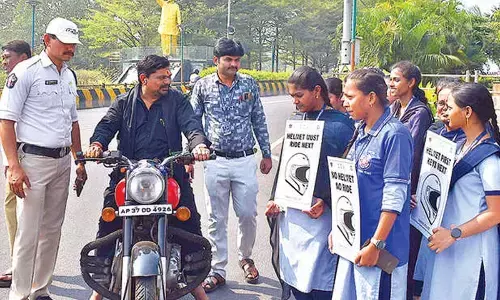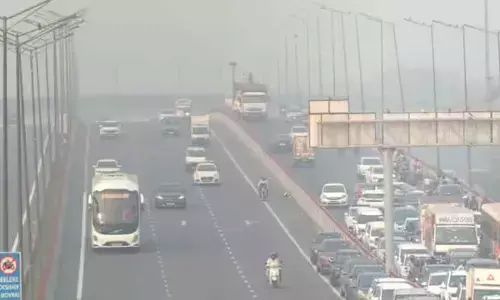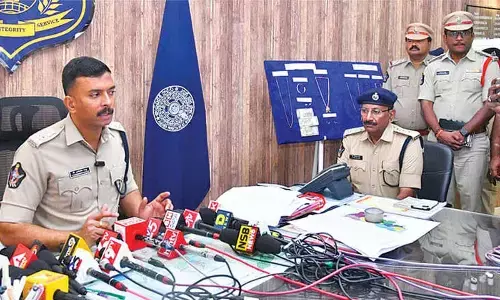Geological matters
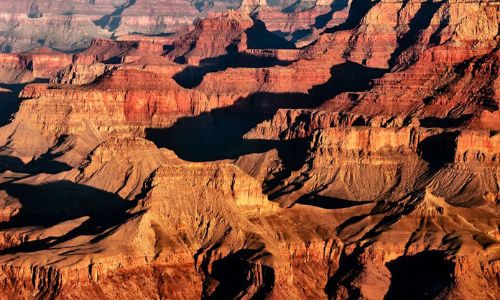
Youve probably heard in the news about volcanic eruptions, or you might remember when Mount St Helens erupted Perhaps youve even seen an active volcano Although they are often a destructive force, volcanoes are an amazing facet of creation They come in a variety of shapes, sizes, and eruption types Volcanoes erupt when magma, redhot liquid rock, seeps up through a vent in the earth More v
You’ve probably heard in the news about volcanic eruptions, or you might remember when Mount St. Helens erupted. Perhaps you’ve even seen an active volcano. Although they are often a destructive force, volcanoes are an amazing facet of creation. They come in a variety of shapes, sizes, and eruption types. Volcanoes erupt when magma, red-hot liquid rock, seeps up through a vent in the earth. More violent eruptions occur when pyroclastic material (a mixture of magma, rocks, ash, and hot gases) is exploded upward by pressure caused by underground gases and magma.
When magma flows above the surface of the earth, it is called lava. Usually lava changes from bright red to duller red, gray, or black as air causes it to cool and solidify. Volcanic eruptions vary in size and display. There are six common types of eruptions, with differing features. Plinian eruptions usually have thick lava and high gas content. They can shoot pyroclastic material high into the air, moving at hundreds of feet per second. These eruptions can last for hours or even days. Hawaiian eruptions are not usually very explosive; instead, they produce streams of slow-moving lava.
An interesting feature of Hawaiian eruptions are “fire fountains”, huge fountains of magma being spewed into the air. These fountains last anywhere from a few minutes to a few hours. Strombolian eruptions put on an impressive display but are not usually very dangerous. During these eruptions, lava is shot fifty to a few hundred feet into the air and is accompanied by booming noises. These eruptions do not produce much lava flow.
Vulcanian eruptions do not have much lava flow either, but they tend to be larger than Strombolian ones. They produce a lot of ash and spit out “bombs” of hard pyroclastic material. Hydrovolcanic eruptions occur when water vapor hits hot magma and gases, and forms huge steam clouds that rise from the volcano. Fissure eruptions occur when magma leaks up through a long crack in the ground. They are associated with “curtains of fire” magma being spewed up to a small height all along a fissure.
There are also different shapes and sizes of volcanoes. Stratovolcanos are usually very high, with pointy tops. They are formed by repeated explosions, usually Plinian, and by slow-moving lava. Eruptions from these volcanoes are usually very large but occur infrequently. Mount Vesuvius, which buried the Roman city of Pompeii in 79 AD, is a stratovolcano. Shield-type volcanoes are usually spread out over a large area and have gently sloping sides.



